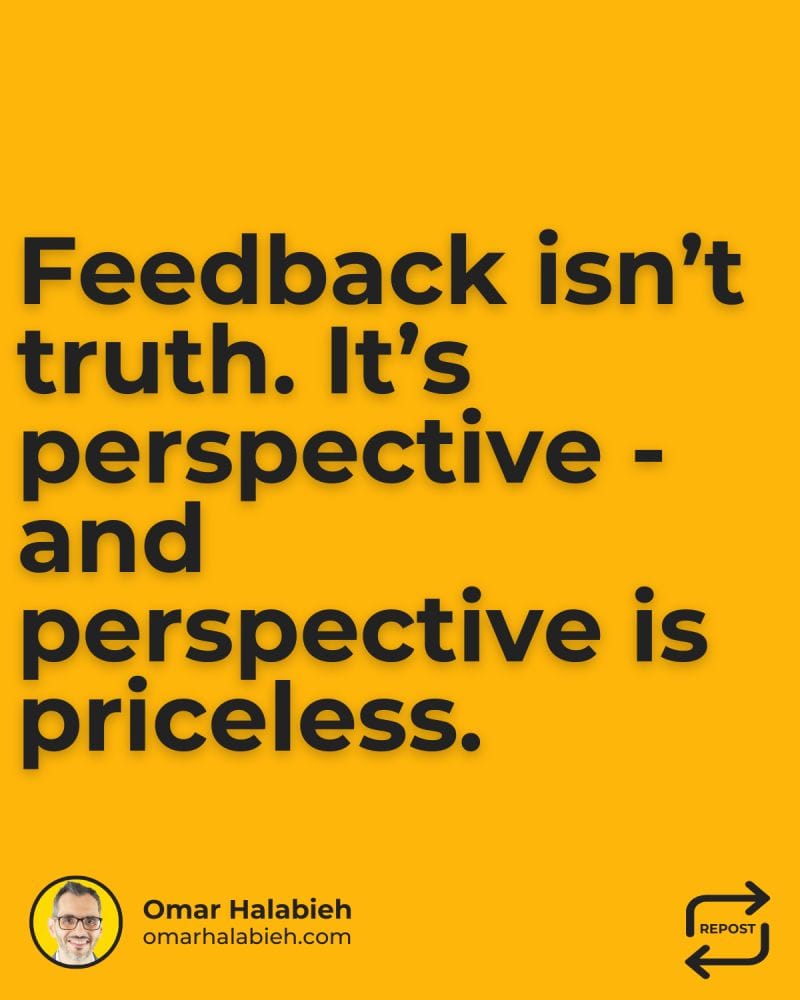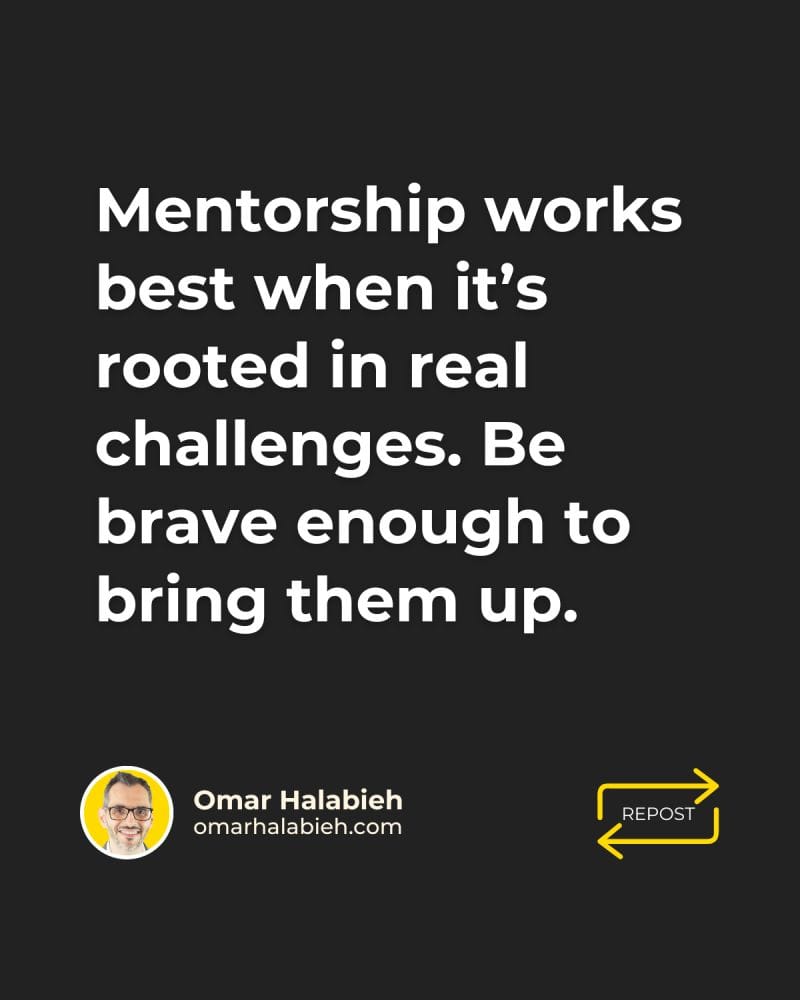An open door means nothing if people don't feel safe walking through it.
Most leaders struggle with team communication.
Not because they're bad leaders—
But because they mistake silence for everything being fine.
Silence hides your biggest risks.
If you see even one of these signals, pay attention:
- The sudden drop in questions
→ When "any questions?" gets zero response
That's fear, not clarity - The quick "yes" to every proposal
→ When pushback disappears overnight
You've lost the real conversations - The "everything's fine" updates
→ When status reports are too perfect
Problems are hiding in plain sight - The private back-channels
→ When feedback comes through others
Direct trust is broken - The missing disagreements
→ When was the last time someone challenged you?
Harmony isn't always healthy
Here's what actually works:
- Ask Better Questions
→ Not: "How's everything going?"
→ But: "What obstacle should I know about?"
→ And: "What would you do differently?" - Create Multiple Channels
→ Schedule skip-level meetings
→ Set up anonymous feedback loops
→ Use async channels for timely inputs - Go Where They Are
→ Walk the floor (or virtual rooms)
→ Join project channels
→ Show up in their space, not yours
→ Engage with those whom you haven't heard from
Most importantly: Act on what you hear—even if you disagree.
Nothing kills trust faster than ignored input.
When people see their input matters, they'll give you more of it.
Leadership is active, not passive.
Stop waiting. Start seeking.

